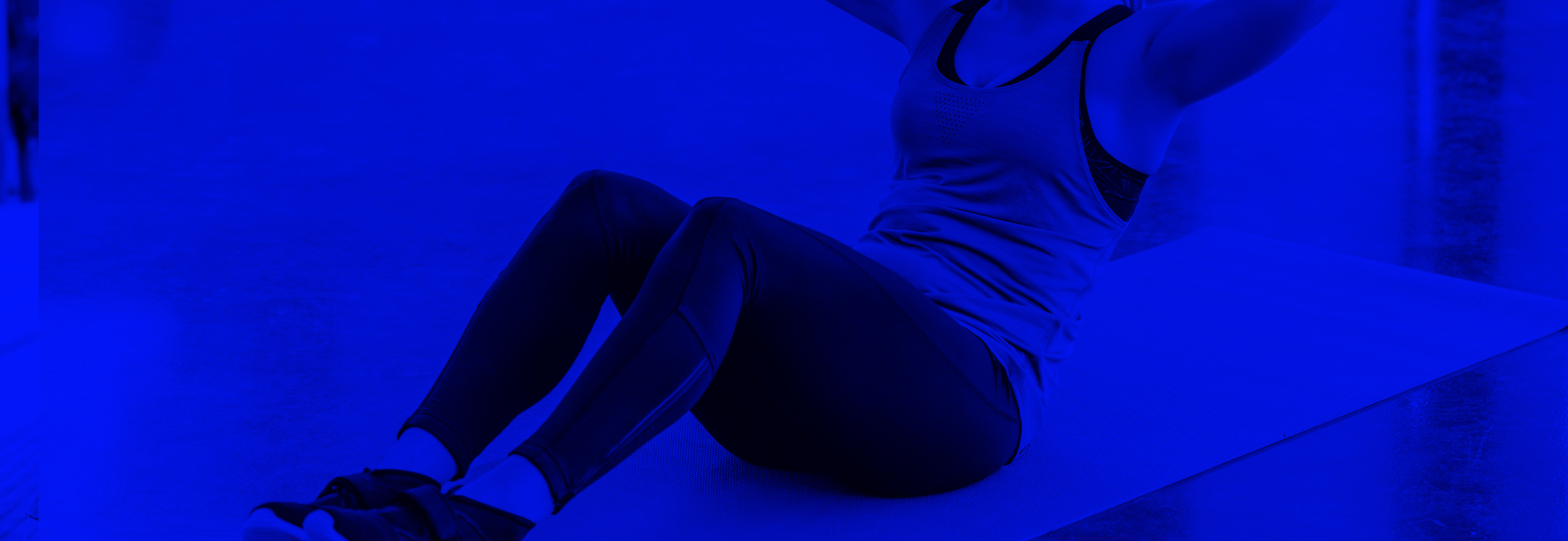What Is Diastasis Recti (DR)?
Diastasis Recti (DR) occurs when the tissue (linea alba) joining the left and right sides of your abdominal muscles or ‘six pack’ muscle (rectus abdominis) becomes stretched/widened/separated.
What Causes DR? What Are Common Symptoms Of DR?
DR is very common during pregnancy. In many post-partum women, the gap closes on its own. In some, the tissue does not come back together fully. DR is often characterized by a ‘pooch’ or bulging in the abdomen. For instance, when sitting up from a lying down position, you may notice coning or doming in the midline of your belly. This could be an indication of a DR present.
DR can also be associated with low back pain, incontinence and a feeling of weakness in the trunk due to the fact that the abdominal wall is compromised and often leads to poor coordination of the ‘core’.
How Can Physiotherapy Help My DR?
Pelvic Health Physiotherapy can help to determine the presence or severity of the DR. From there, a tailored exercise program focusing on the entire ‘core’ (diaphragm, pelvic floor, transversus abdominus and multifidus) can help to reduce or manage the DR. Also, learning how to manage abdominal pressures and use the core effectively and in proper coordination can help to reduce or manage the symptoms of a DR.
What Are The Best Exercises To Help With My DR?
It is sometimes thought that there are exercises that should be totally avoided when a DR is present (ex: sit ups). This is not exactly correct. There are certain exercises that may not be appropriate for you depending on the stage of healing and the severity of the DR that is present. Not all exercises are appropriate, but with proper strengthening and progressive loading of the core and abdominal tissues, many people are able to return to most, if not all, exercises that they desire.
First, it is important to learning how to properly engage your core muscles with breathing and coordinated effort. From there, we can begin to progress the difficulty of the exercise.
What can I do to treat my DR at home?
- Learn to manage your abdominal pressures
- Proper toileting – no constipation and straining with bowel movements
- Use your proper core breathing during high effort activities, such as lifting and carrying
Please keep in mind that these exercises were designed as a place to start to address your symptoms. These exercises should not be performed or continued if they cause or increase your pain in any way. Using these exercises for self-management of your symptoms does not replace the value of being assessed by a Health Professional. If you find you need help, let a Strive Pelvic Health Rehabilitation Physiotherapist help you, book your time today!

Written in 2020 by
Stephanie Gardonio
BPHE, BSc, MScPT
Pelvic Health Rehabilitation
Stephanie has curated a Physiotherapy tool box that allows her multiple points of view to meet her patients’ needs. She has taken courses in the McKenzie Method for assessing and treating spinal conditions. She has completed mat and reformer Rehabilitative Pilates courses through Stott Pilates, training she uses to create customized exercise programs. Understanding the roll of the pelvic floor in the effective treatment of low back pain, sacroiliac joint dysfunction, bowel and bladder dysfunction and during a women’s journey from pre-natal to post-natal, she has completed Pelvic Health Rehabilitation courses. She is qualified to perform internal assessment and treatment of the pelvic floor.


